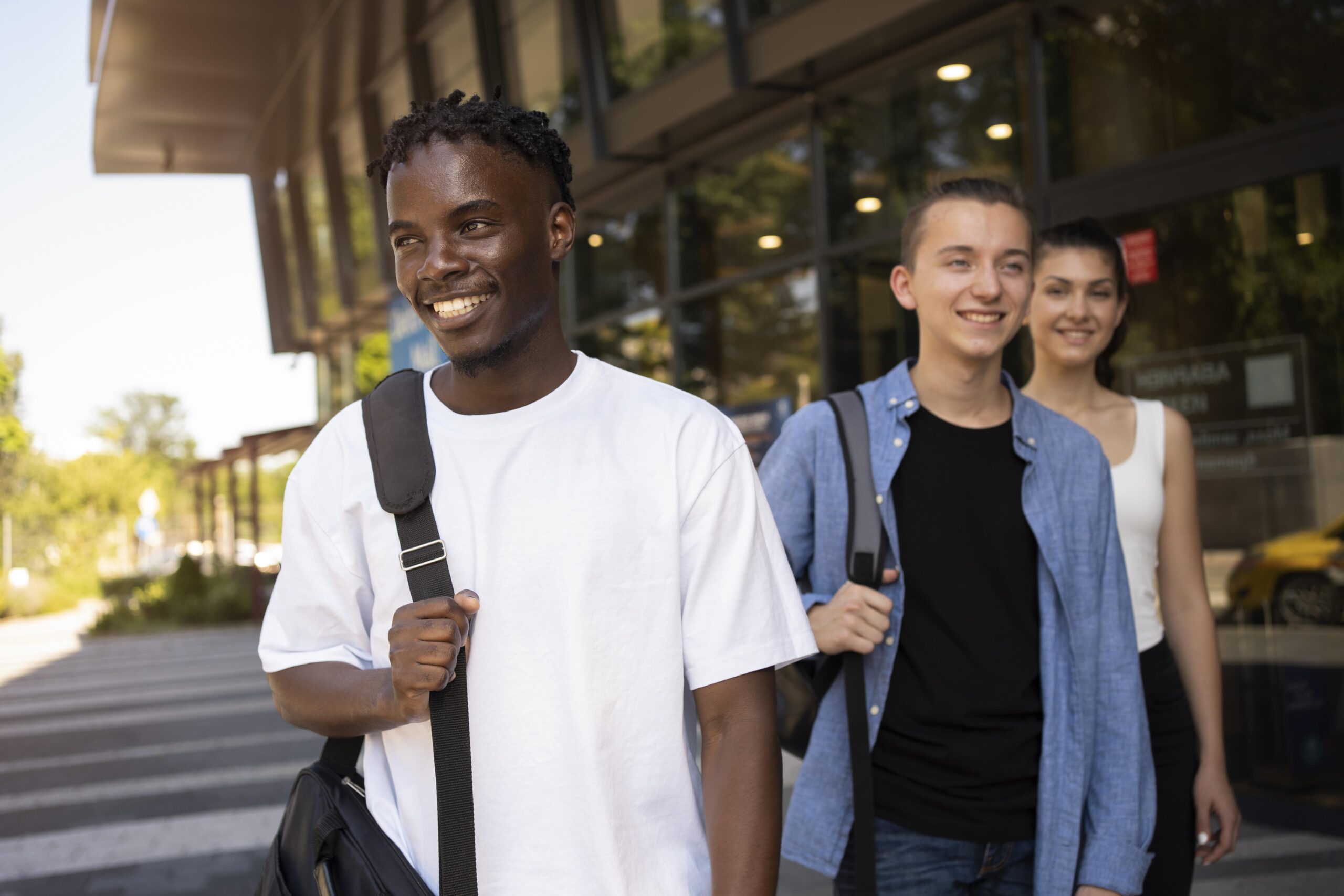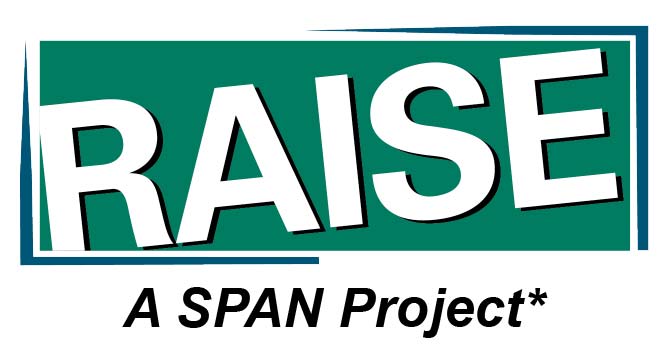Wholistic Transition
Using a strengths based/person-centered approach for authentic secondary-transition across the lifespan. Consideration of services, not programs and eligibility, changes the worldview and mindset. These resources look at the “whole person”, rather than systems thinking, to create a better quality of life for people with disabilities.

Rethinking Secondary-Transition
In the disability world, “secondary-transition” is the time when students with disabilities get ready to leave high school and move to adult life. Families often find the secondary-transition process confusing, with rushed meetings and limited choices offered for their loved ones. The secondary-transition process can seem especially unfriendly to those where English is a second language or who have limited experience with navigating systems. It does not have to be this way.
Secondary-transition should be a time of excitement and exploration, when young people begin setting future goals and building the skills they need to achieve those goals. In short, secondary-transition is not about staying in a program for a certain number of years or accepting limited choices, but about helping students express what a good life looks like for them and supporting them to get there. This document will help you think beyond traditional options and forge a new vision for what adult life can look like for your loved one with a disability. Reimagining Advocacy: Promoting and Authentic Transition to Adult Life. TransCen and RAISE (2021)
Resources
|PCAST (Person Centered Approaches in Schools and Secondary-Transition) Boggs Center (NJ AUCD)
The New Jersey Department of Education (NJDOE), Office of Special Education Programs (OSEP), in partnership with The Boggs Center, conducts planning, development, and activities aimed at promoting effective transitions for students with disabilities through the use of person-centered approaches.
Center on Secondary-Transition Innovations – What is Authentic Assessment?
Authentic assessment is one type of method that integrates teaching, learning, and assessment to evaluate student knowledge and skills. In authentic assessment, students demonstrate their knowledge of essential skills and competencies by performing a task or producing a product in a real world environment.
College Living Experience | Secondary-Transitions: A Holistic Approach
CLE believes that offering comprehensive supports in the areas of academic, social, and independent living skills, provides students with an extensive support network that sets them up for a much higher chance for success than might be possible without those tools.
The Learning Center for Person Centered Planning
For people being supported by services, it is not person centered planning that matters as much as the pervasive presence of person centered thinking.
-
- Person Centered Planning– This resource discusses: what is Important to and for the person, meaningful fife, and supports.
- Training families on PCP– Specifically designed by and for family members of people with disabilities so that they can teach other family members about person centered thinking and planning.
- Online community– TLCPCP also has “gatherings” of like-minded folks as well as online community.
PACER’s Person-Centered Planning Tools on Secondary-Transition and Employment
PACER explains that a person centered plan can help those involved with the focus person see the total person, recognize his or her desires and interests, and discover completely new ways of thinking about the future of the person.
Citizen Centered Leadership
This course from Cornell U is designed to take the guesswork out of what it means to be truly person-centered and to build social involvement of people with disabilities.
Being Involved in Person-Centered Planning for Students and Young Adults with Disabilities in Foster, Kinship, or Adoptive Families
This guide from PEATC uses a person-centered planning process starts with what the student wants to do after high school and into adulthood—and is especially helpful to youth with disabilities who face the challenging circumstances that foster, kinship care, and adoption may bring.
Fact Sheet for Parents Secondary-Transition Guide: Person-Centered Planning
This factsheet from PEATC acknowledges that while planning is important for all students, it is even more important for students with disabilities who may face more challenges than their peers without disabilities.
Si bien la planificación es importante para todos los estudiantes, es aún más importante para los estudiantes con discapacidades que pueden enfrentar más desafíos que sus compañeros sin discapacidades.
Planning for YOUR Future
This factsheet for youth from PEATC shows that they are focus of person-centered planning, also called PCP. PCP can help students achieve their goals and dreams for life after high school.
Spanish Planificando Tu Futuro
TU eres el enfoque de la planificación centrada en la persona, también llamado PCP. El PCP puede ayudarte a lograr tus metas y sueños de por vida después de la escuela secundaria.
Planning for YOUR Future-visual version
PEATC also created a visual supports version of the factsheet for youth.
Spanish Planificando Tu Futuro
PEATC creó también una versión de apoyo visual de la hoja informativa para jóvenes.
Student Profile
PEATC created this resource document as a way for families to introduce their child to new teachers, related service providers, administrators, and others with whom he/she will come into contact.
It Drove Everything We Did
This video from parentcompantion.org describes Person Centered Planning as a discovery process finding what’s important to the individual.
I’m Determined
The I’m Determined project is a state-directed project by the Virginia Department of Education that focuses on direct instruction, models, and opportunities to practice skills associated with self-determination behavior. This site is full of wonderful videos and resources.
It’s My Choice…
A self-guided workbook on person-centered planning by William T. Allen published by the MN Governor’s Council on Developmental Disabilities. Included is a Housing Checklist. This would be a good workbook for families and other support people to do with the individual.
Institute for Community Involvement
A helpful website from the institute on Community Involvement. This is a resource library with a vast array of resources.
Person-Centered Planning: Paths, MAPs, and Circles of Supports
This website from provides great information on several person-centered planning processes.
Planning for the Future
This workbook from the Secondary-Transition Coalition uses a person-centered approach to identify student strengths and facilitates a problem-solving approach to develop a plan of action and a vision for the future.
Reimagining Advocacy: Promoting an Authentic Secondary-Transition to Adult Life
This professional brief from TransCen helps parent centers address the whole person in secondary-transition.
Envisioning an Authentic Secondary-Transition to Adult Life
This parent brief from TransCen helps families see the “whole child” during the secondary-transition process.
